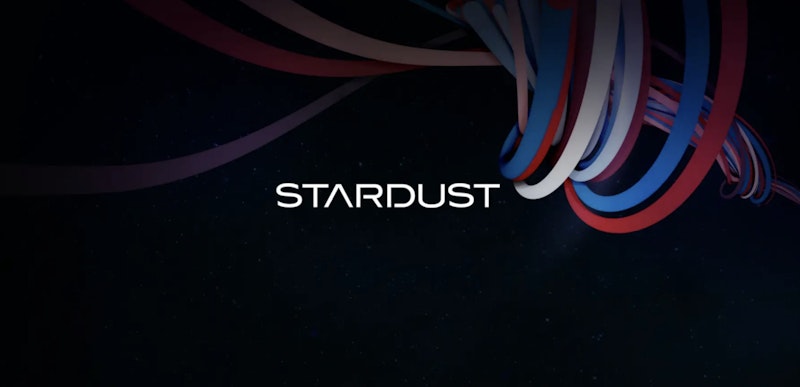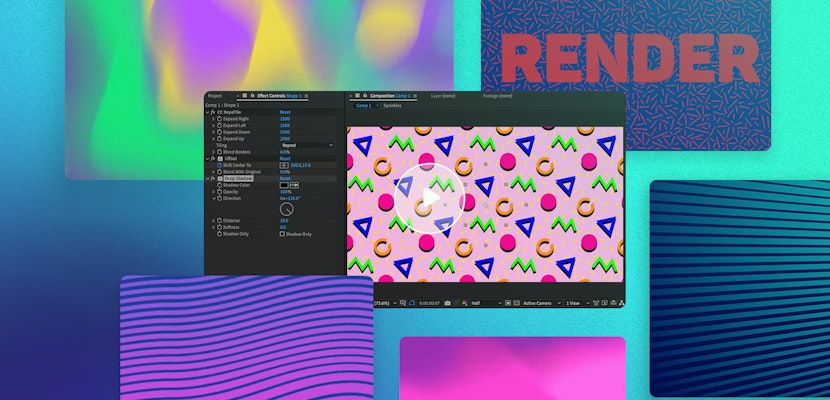There are a lot of plug-ins being released all the time for After Effects. Some offer little ways to help make your workflow more efficient. Some create a cool effect for a specific task. But it’s rare that a plug-in comes along that could alter the way you think about your animations, and open up new avenues for creative expression.
The Stardust plug-in by Superluminal is doing just that. Soon to be released, the Stardust plug-in is a whole new type of particle generator. And any professional motion designer is probably familiar with particle generators. After Effects has its own particle generator, and of course, there are other well-known particle plugins as well.
But Superluminal felt like there was a space for something different when they set out to make Stardust.

They created a modular 3D particle space on a single layer. The plugin has a host of controls to create exactly what you want like particle properties, emitter types, and life span.
Particles can be emitted and animated in a wide range of ways. Some options include grids like spheres and cubes. Particles can be emitted and animated along splines for a cool effect.
Particles can also be emitted from text and masks, and they can even be emitted from 3D models.
Space deformers can also be used to help shape and control your particle system. They can pull particles in, shape them, contain them, and arrange them to your needs.

But, perhaps the biggest difference in Stardust and other particle generators is the node-based platform. Anyone who has used software packages like Flame or Nuke will be familiar with a node-based system, but a typical After Effects user may not.
The node-based system in Stardust is very easy to use. A user can simply drag nodes for different effects and connect them to make new particle flows. This is what makes Stardust more of a “modular” particle system. Adding in a node or taking one away will shape the entire effect and allow for much easier control of your effect.

To make things even easier, Stardust comes with a load of professional presets that users can start with and tweak to their heart’s content. The presets are super cool and useful on their own, but they are also really helpful to get you started when you don’t really know how to get going.
Stardust looks to be an extremely strong platform for particle generation that will no doubt find its way into tons of high-end projects in the future.
Stardust is compatible with After Effects CC or newer, and its pricing has yet to be disclosed. A trial version will soon be available for anyone interested in taking it for a spin. It’s a great way to check out the presets and test drive the node-based platform before taking the plunge.
Stay tuned to the Motion Array blog for updates, and for more information visit superluminal.tv.



























